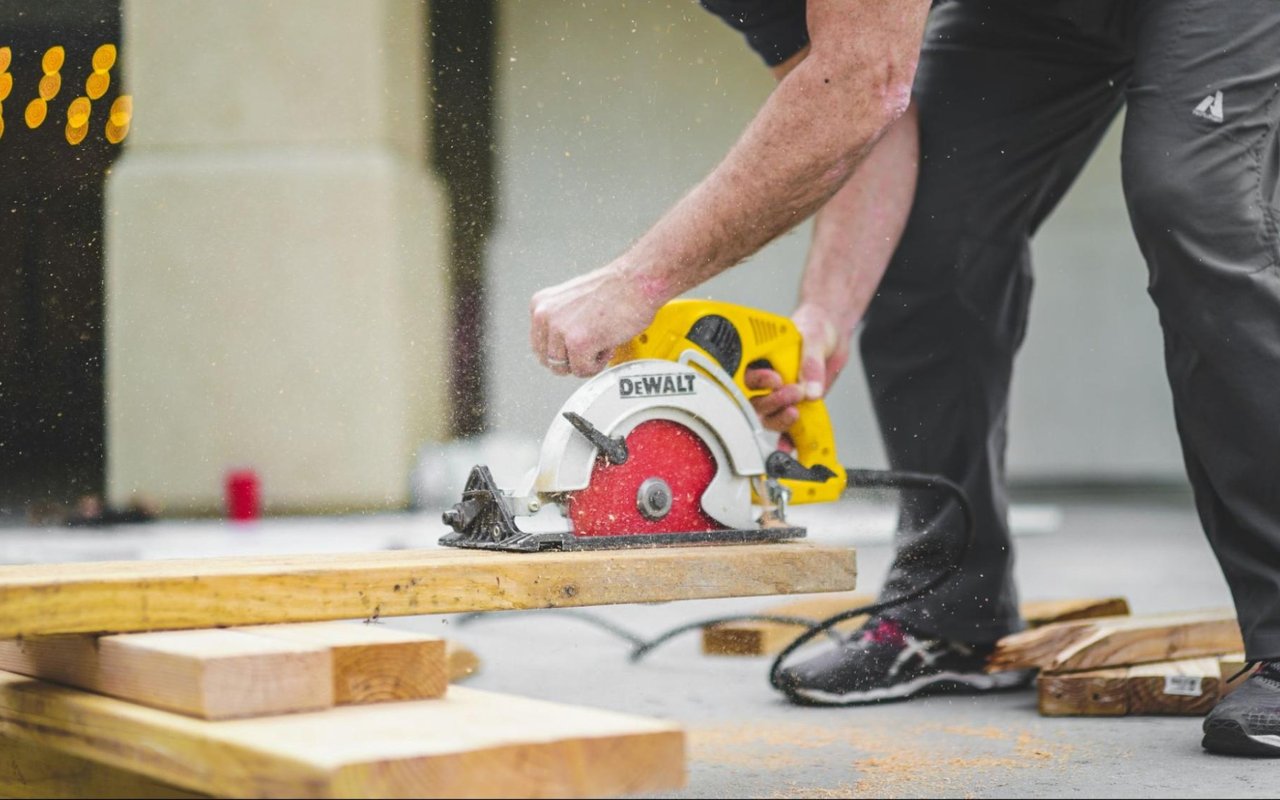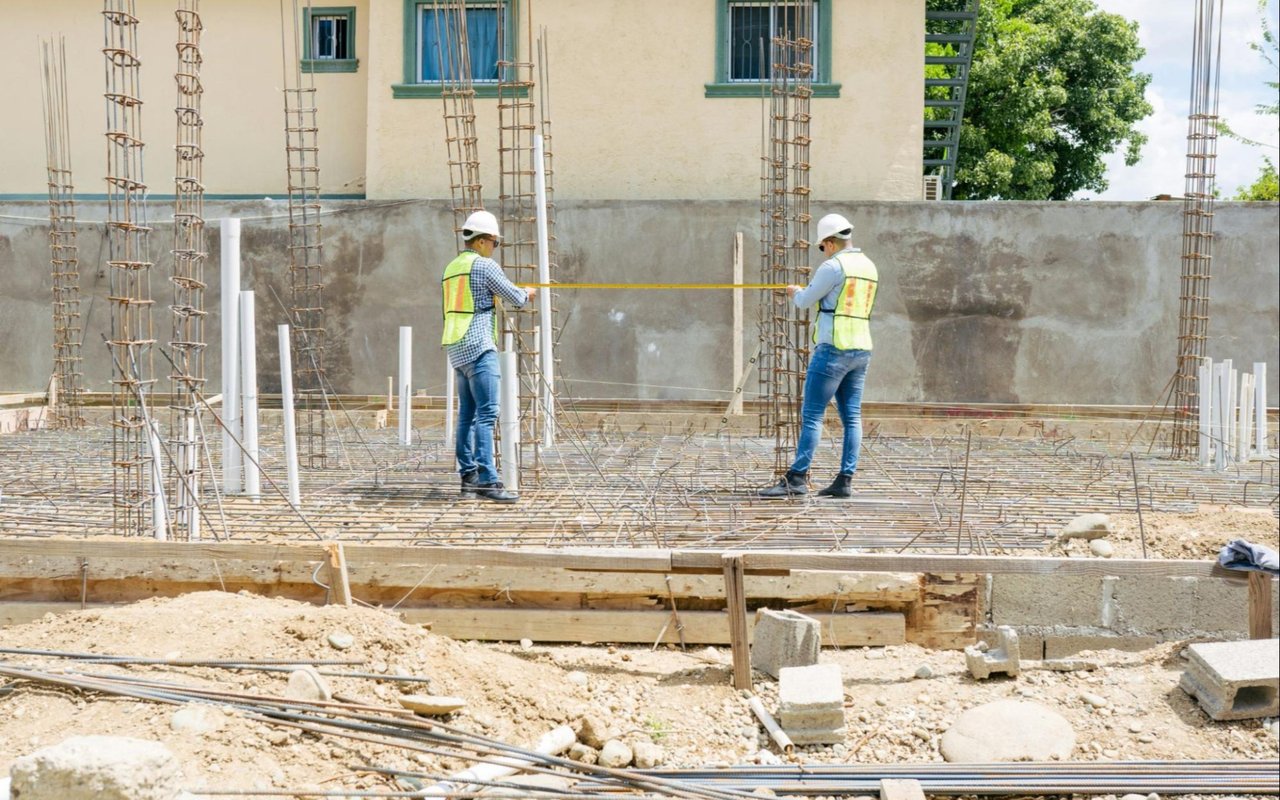Building a custom home or planning a significant renovation in Napa County? Whether you're crafting a vineyard estate or reimagining a hillside residence, the process begins well before you pour the foundation. Understanding Napa County's building permit process is crucial—not only to stay compliant with local regulations but also to ensure a smooth and efficient project timeline.
As of January 1, 2024, Napa County has streamlined the permitting process through its Online Permit Center, a digital portal designed to simplify document submission, communication, and tracking. While the following guide focuses on unincorporated areas of Napa County, it's worth noting that each municipality—Napa, Yountville, St. Helena, and Calistoga—manages its permits separately. We'll cover those details, too, so you're never caught off guard, regardless of where you choose to build your Napa County home.
Let's walk through the permitting process for new construction or significant renovations in unincorporated Napa County.
Identify Your Property's Jurisdiction and Project Type
The first task is determining where your property falls. Napa County's jurisdiction only includes unincorporated areas. If your parcel is located within the city limits of Napa, Yountville, St. Helena, or Calistoga, you'll need to work with the respective planning and building department of that city.
- City of Napa: Permit and Plan Review Info
- Town of Yountville: Building Permits & Inspections
- City of St. Helena: Building Division
- City of Calistoga: Planning & Building
To verify whether your site is within the county's domain, use the Napa County Public Map by inputting your address or Assessor's Parcel Number (APN).
Next, determine if your project requires a permit. Conventional wisdom suggests that any structural, mechanical, electrical, or plumbing will require some form of permitting. However, to fully verify what permits your project may require, reference California's Building Standards Codes to ensure proper compliance.
Documentation
Organizing a project's necessary documentation is where preparation becomes paramount. Napa County provides specific checklists depending on your project type; there are a number of designations, including new construction, interior or exterior remodeling, repairs, solar installation, retaining walls, or accessory dwelling units (ADUs), to name a few.
Each checklist outlines the required documents, which must conform to Napa County's Electronic Submittal Standards. Pay special attention to formatting—bookmarking documents properly, for example, is a common oversight that can significantly delay the review process.
Failure to upload required documents or submitting them incorrectly will result in immediate delays or rejections. This step often sets the tone for the rest of your permitting experience.
Application
Once your paperwork is in order, it's time to submit everything through the Online Permit Center. First-time users must register for an account.
From there, you'll choose the correct Record Type:
- Submittal Applications: For any commercial or residential building permits that require plan review.
or
- Online Applications: Reserved for simple replacements like HVAC systems, water heaters, or roofing.
Follow the step-by-step submission guide carefully. The portal is user-friendly, but attention to detail is essential.
Intake Review
After submitting, the county conducts an intake review to ensure your application is complete.
Napa County uses the same checklists it provides to applicants, ensuring transparency in how plans are evaluated. If everything checks out, your submission will move to the next stage.
If not, you'll receive an "Incomplete Submittal" email with a breakdown of what's missing. You'll need to correct and re-upload your documents under the same record number.
This phase rewards proactive planning. Review your checklist thoroughly before submitting it to avoid unnecessary back-and-forth.
Plan Review
Once accepted, your project will enter the plan review process, which, based on its scope, may require review from several different Napa County divisions.
You'll also receive an email notifying you of any fees due. Note that payment is required before any plan review officially begins. You can pay directly through the Online Permit Center.
The plan review can range from as few as three business days to upwards of a month, based on project scope. General review timeframes include:
- 3–5 business days for what the county considers an “Express” review
- 7–10 business days for “Quick” review
- For all other reviews, most often classified as a Standard Review, expect these to take up to 28 business days
The county will reach out via email should your plans require any corrections. Make revisions and re-upload as directed. Once your plans are fully approved, you'll advance to the issuance stage.
Permit Issuance
With plan review approvals secured. You'll receive an invoice for the final permit and inspection fees, along with an email notification containing payment instructions.
After payment, your permit will be officially issued. You'll receive:
- The permit card
- Inspection card
- Smoke alarm verification form
- All approved plan sets
As a final step, print and post these documents at the job site in a visible, weather-protected location.
Inspections
With your permit in hand, construction can begin—but you should anticipate inspections at various stages.
Scheduling inspections must be done in advance, and you can do so utilizing either the county's online Inspection Scheduling Portal or contacting the county directly via phone. Napa County provides detailed guidance on which inspections are necessary and when based on your project scope.
Follow-up at this stage is critical. Stay in touch with your contractor to ensure inspections are scheduled and executed on time, with the results documented. Delays in inspections can stall progress and push out your project's completion date.
Municipal Permitting: What to Know Inside City Limits
If your project falls within the City of Napa, Yountville, St. Helena, or Calistoga, your experience will be similar in structure but managed by that city's building division.
Each city in Napa County has its own portal, inspection protocols, and review timelines:
- City of Napa: Offers plan check review timelines and application checklists online.
- Yountville: The city maintains a small-town feel, much of which is due to its detailed building regulations for remodels and new construction.
- St. Helena: Emphasizes architectural continuity and historic preservation in review criteria.
- Calistoga: Known for geothermal zoning considerations—especially relevant for those building near natural hot springs.
Working with a local architect or contractor familiar with each city's standards can significantly streamline the process.
Start Your Napa Valley Home Build with a Trusted Expert
Permitting in Napa County—especially in unincorporated areas—has become more transparent and efficient thanks to the Online Permit Center. But whether you're building a contemporary wine country estate or expanding a heritage farmhouse, preparation is everything.
For homeowners pursuing luxury construction in the heart of Napa Valley, partnering with design professionals and staying organized through each phase of the permit process isn't just smart—it's essential.
Need help getting started? If you're ready to start your California Wine Country home build or remodeling project, contact Vine Homes Construction today to start your ground-up real estate journey. From initial concept to land acquisition, permitting, and beyond, allow our team's extensive expertise to guide you through the process and help you fully realize your custom wine country residential dream.



